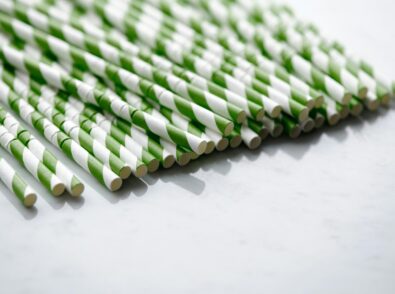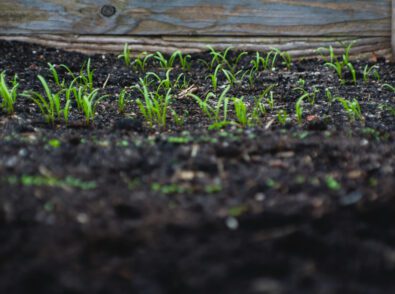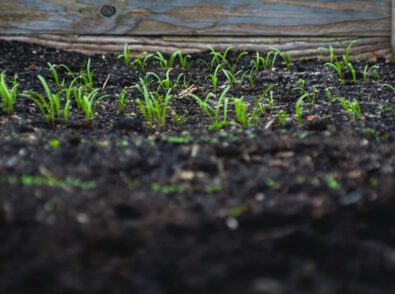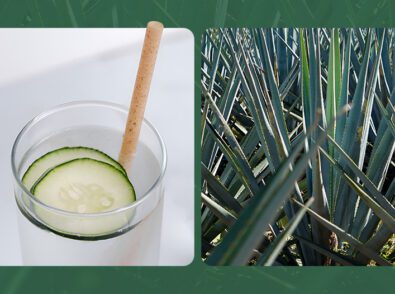What Are Bioactive Landfills?
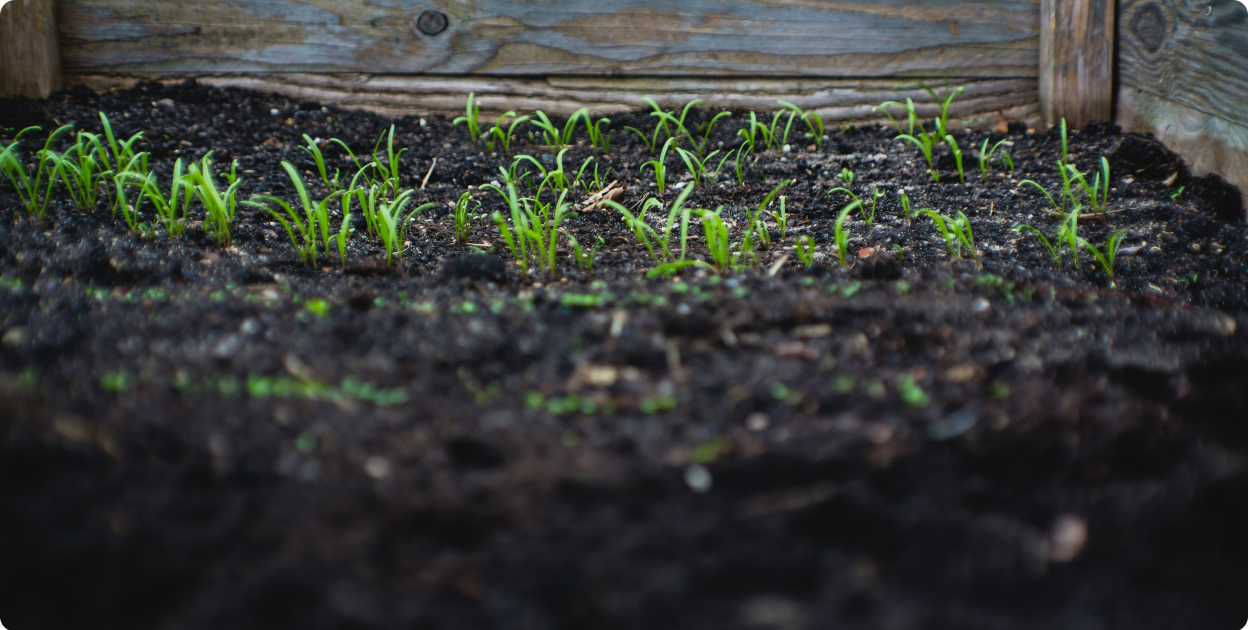
Bioactive landfills are a more environmentally friendly alternative to traditional landfills. Also referred to as bioreactor landfills and biologically active landfills, these areas prioritize the decomposition of organic and biodegradable wastes.
In this kind of municipal solid waste landfill (MSWLF), moisture is added to enhance bacterial activity and speed up decomposition. Depending on the type of bioreactor used, landfill management may also introduce air to the waste to further speed up decomposition.
Types of Bioactive Landfills
The addition of liquids is an essential criterion for classifying a landfill as bioactive. These fluids generally consist of captured, recycled leachates (rainwater, dew, and other natural fluids filtered through landfill waste), but the process may involve intentionally adding water or other fluids.
Generally, these systems have a process for evacuating leachates from the lower levels of the landfill, storing the fluids, and then reintroducing them to the landfill.
We can divide bioreactor landfills into three main categories based on how air and moisture are introduced.
Anaerobic Bioreactors
In an anaerobic bioactive system, the landfill management injects leachates and other fluids into the system to maintain optimal moisture levels. However, no additional oxygen is injected—due to the weight and volume of the landfill waste, oxygen gets forced out of the system.
This approach results in rapid but unoxygenated decomposition, producing copious amounts of landfill gas, predominantly methane. To truly be a more sustainable option, the landfill must implement a plan to capture and use these gases.
Aerobic Bioreactors
In an aerobic bioactive system, adding air through wells or perforated pipes helps accelerate decomposition. It follows a similar approach to fluid management. Due to the aerobic nature of the decomposition, these setups produce considerably less methane.
Hybrid Bioreactors
As the name suggests, hybrid bioactive systems practice a combination of aerobic and anaerobic methods. Leachates and liquids are introduced or reintroduced in a controlled fashion, helping maintain moisture levels. The rest of the system runs sequentially, with aerobic following anaerobic methods.
Air is added during aerobic phases but not during anaerobic periods. During anaerobic periods, methanophilic (methane-producing) bacteria are more active in these systems, resulting in higher methane production.
Biodigesters
While not technically a bioactive landfill, these systems run in a similar capacity. Biodegradable items like sewage, food scraps, and decomposable plastics or paper are introduced into large anaerobic digestion tanks at a biodigester. Here, they are allowed to decompose in the presence of methanophilic microbes.
The microbes produce usable natural gas used to fuel power plants and similar projects. After being processed by the bacteria, the digested slurry may be used as fertilizer or in other secondary applications.
Does Organic Waste Decompose in Landfills?
Yes, you’ll find a percentage of degrading waste, including organic material, in most landfills.
However, most landfills are considered “dry tomb” landfills. These anaerobic sites prevent contaminated liquid from entering groundwater and stormwater systems. As a result, the decomposition process lacks the oxygen and moisture needed for healthy decomposition, so they produce copious amounts of methane, a potent greenhouse gas that can be hazardous if not controlled efficiently.
Advantages of Bioactive Landfills
There are many potential benefits of biologically active landfills, including:
- Potential energy production through harnessed landfill gases
- Faster decomposition of organic and biodegradable waste
- Better biological stability than traditional alternative landfills
- Longer landfill lifespan due to speedier waste decomposition, offering more space
- Reduced disposal costs for leachates
Bioactive Landfill Examples
Several landfills worldwide have begun implementing biologically active processes.
An example is the Gas to Energy Project in Buncombe County, North Carolina. This district has implemented a bioreactive landfill and installed a 1.4 megawatt electricity generator. The landfill’s gases can produce about 1.4 megawatts of power each year.
Ti Tree Bioenergy, a waste disposal facility on the outskirts of Ipswich in Queensland, Australia, practices a similar process and aims to increase energy production to over 10 Megawatts per year.
The Braambergen landfill in the Netherlands also practiced energy generation using the landfill gases produced on-site. The landfill reached capacity in 2008 and has since been repurposed for various activities, including a mountain bike trail and solar farm.
Taking a slightly different approach, Grand Rapids, Michigan, has a substantial biodigester that processes around 40 million gallons of wastewater each day to produce saleable natural gas.
How Greenprint Products Work With Biologically Active Landfills
Greenprint uses FSC-certified plant fibers to create compostable products for home and industrial use. We offer two ranges of compostable products intended to reduce the number of non-biodegradable products used.
- Home compostable: You may throw our home composting range in your home compost bin, and it will decompose in standard composting setups.
- Industrial compostable: Our industrial compostable products are better suited to industrial composting setups and bioactive landfills. These products will decompose when they come into contact with the microbes responsible for decomposition and sufficient moisture.


